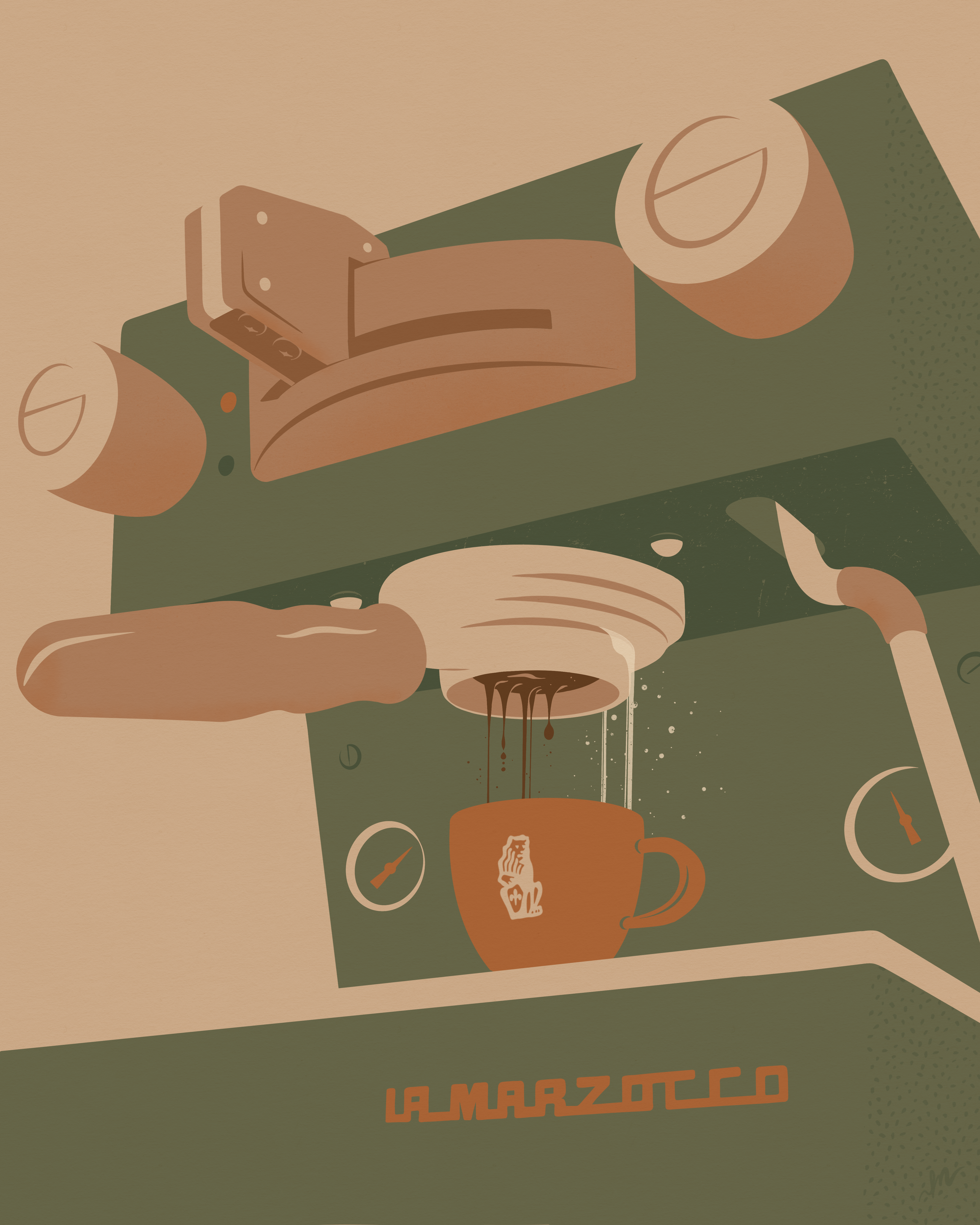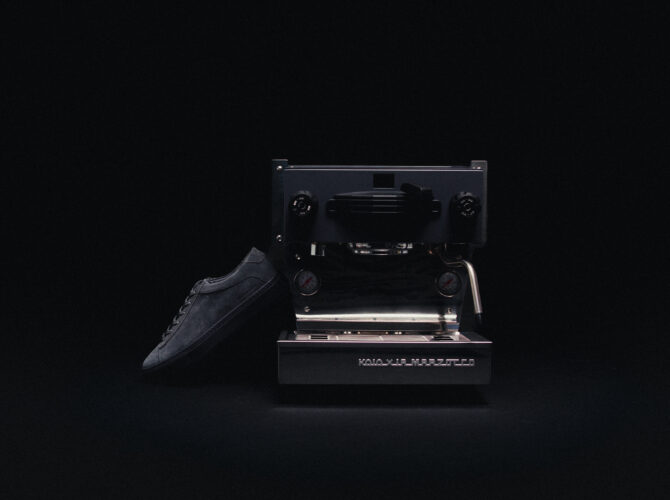Welcome to The Technician’s Dispatch, a new series of articles about home espresso machine care and maintenance, written and compiled by the La Marzocco Home team. This series will focus on providing home espresso machine owners and aspiring home baristas with the knowledge and skills they need to maintain their La Marzocco and produce the highest quality espresso imaginable. From preventive maintenance tips to troubleshooting guides and step-by-step repairs, The Technician’s Dispatch will be your go-to resource for resolving common espresso machine issues and optimizing performance.

The Tale of the Leaky Gasket
Drip, drip drop. What’s that?
by Kimberly Franklin, La Marzocco Home Solutions
Picture this: you just unboxed your new espresso machine. It’s the most beautiful thing you’ve ever seen. You’ve gone through the Quick Start Guide. The machine is heated and up to pressure. Grinder? Expertly-tweaked to maximize the amount of “yums” out of the espresso. This is it, the moment you’ve been waiting for.
You pull your first shot, and carefully get down into the “home barista crouch” — the most efficient and scientifically-accurate way to watch your espresso as it extracts. Everything is going well, and the shot time and yield is matching up to your recipe quite nicely. You give yourself a little wink in the backsplash for a job well done.
Then, you notice something… water dripping…*drip, drop, drap*…coming from between the bayonet ring (what you insert the portafilter into), and the portafilter itself. You finish brewing, take a sip, and with furrowed brow, begin to investigate.

The Issue
To figure out what’s going on, your next step is to put the cleaning basket into the portafilter. Rather than waste coffee running test shots, you lock the blank portafilter into the grouphead and activate the brew group. There it is again! Water coming from between the bayonet ring and portafilter. What gives?! This is a new machine; you’ve only just unboxed it!
Perplexed, you find the La Marzocco Home Solutions email and send them your serial number, machine model, and a video of what you’re seeing.
You click send, and anxiously refresh your inbox. Then, surprisingly quickly, *ding!*, an email pops up from the La Marzocco Home Solutions Team:
“Hi! Thanks for reaching out. There are only two things can cause a leak there:
1. Not using enough force when engaging the portafilter
2. A worn or old gasket
If the machine is new enough, which it looks like you’ve just purchased, the issue is more than likely not applying enough force when sealing the portafilter. These machines are handmade, and La Marzocco’s background with commercial machines mean the same parts and quality for the Café as for the Home. Don’t be shy, you won’t damage the machine or use too much force here. Most will typically use one hand to hold the machine and the other hand to engage the portafilter, pulling it with force so it’s engaging firmly. Do note that, especially on a newer machine or gasket, the portafilter will likely not be perpendicular to the machine. If you are getting no leaks, then you have created a proper seal.”
You’re relieved. Simple enough, right? Just a little more force when inserting the portafilter.
You take this newfound knowledge and trek onward with your espresso journey, creating firm seals at the bayonet ring like a pro. The espresso is tasting better and better each day, too.

Dripping Again?
A year passes, and you begin to notice that in order to create a good seal you really have to crank on the portafilter—all the way to a 4- 5 o’clock position. No matter how much torque you apply when sealing the portafilter, that pesky leak starts to reappear. Browsing back through old emails you find the conversation from a year ago and realize that it may be time for a new gasket. Gaskets secure the basket of the portafilter to the brew chamber, sealing everything and allowing pressure to build. As we all know, what happens in the brew chamber should stay in the brew chamber.
La Marzocco machines come standard with a rubber gasket installed—over time, with repeated usage, the gasket can dry out and become brittle, causing it to lose its flexibility and ability to seal. When that happens, it’s time to replace it.
The gasket is one of the most replaced maintenance items on our machine and also one of the easiest for home users to replace. We go over how to replace the gasket in this handy “How to Replace the Shower Screen & Gasket” video guide. Changing your gasket is a normal part of owning an espresso machine, and it’s also the first step on the way to completing the machine’s annual preventative maintenance check. You can check that out here.
We sell two different versions of gasket on our website. The standard rubber version and the silicone gasket. The rubber gaskets are the standard option and slightly more affordable. The silicone gasket, however, lasts longer and it is made of a softer material. Since it is softer, the portafilter will typically twist further in the bayonet ring and create a tighter feeling seal.

In Conclusion
Keeping your bayonet ring snug & happy and your gasket fresh will help enhance your espresso journey while you enjoy a leak-free brewing experience. Stay tuned for more Technician’s Dispatch articles and check out our “How to Replace the Shower Screen & Gasket” video guide for step-by-step instructions. As always, if you ever have any questions, don’t hesitate to reach out. Our Home Solutions team is the best in the business. You can email them at homesolutions.usa@lamarzocco.com






